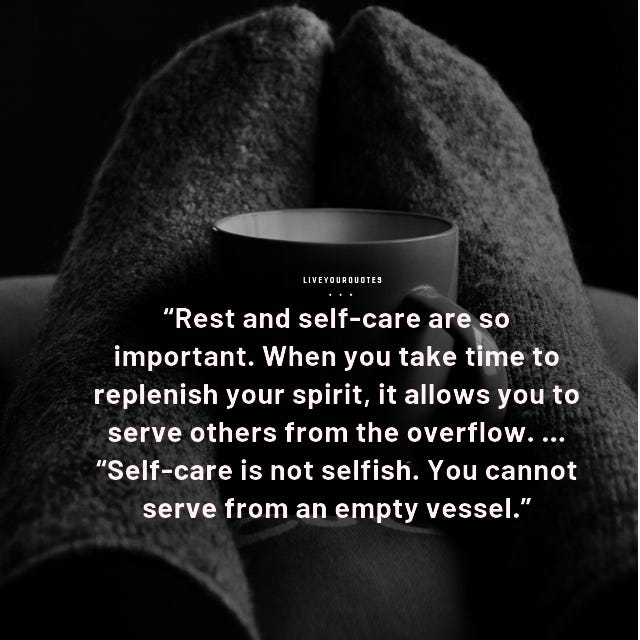“I’m confused! I don’t even understand anything anymore.”
Personal Practices for Navigating Complexity
- Utilizing active listening – Being open to listening to new voices and opinions is a great way to navigate complexity. During the process of active listening, you compare and contrast different voices and you get to learn newer, easier, (and probably faster) ways of doing and handling things. Know that listening is not just something that happens, it is an active process where an intentional decision is made. Active listening requires patience. As an active listener, allow yourself to explore your thoughts and feelings and choose what works best for you.
- Accept the complexity – Do not live in denial about your complexity. Understand that it is okay for you to be confused when complexity sets in. There are few absolutes and many relatives in modern organizational life. It is not a question of hard or soft data, but of both. It’s not about a temporary period or a permanent period, but about both. It’s not a case of stick or carrot, but of both. It is not a choice between productivity and creativity, but rather between the two. Complexity can set in, but once you accept it, the path will be easier to navigate.
- Be ready to change your point of view – Being open-minded is good behaviour in complex situations because you are always ready to accept new situations and opposing points of view and you can immediately adjust accordingly.
- Create and embrace simplicity – Know that you do not have the ability and resources to completely solve a problem and you cannot do more than your strength can carry. Don’t outweigh and overwork yourself by trying to always do everything alone. Be open to taking your tasks one step at a time and also use the simplest methods.
- Build on open foundations – You are probably not the first person to work on the task that is causing your complexity. Feel free to read books, make research, find archetypes, and build on the derived and accumulated knowledge. Embrace quality shortcuts and easy work.
- Seek diversity and consult professionals: High complexity conditions are too elaborate for one head and mind. Feel free to seek professional consultations and diversify from your usual procedure and watch as the complicated situation carefully untangles.
- Reduce analysis rate and start acting: Don’t dwell too much on “whys” and “hows”. Sometimes, when you can’t find a headway from your analysis, things tend to become more complex and you just freeze without doing anything. But when you start acting, you are prone to getting a proper headway and further analysis can be built on previous actions.













